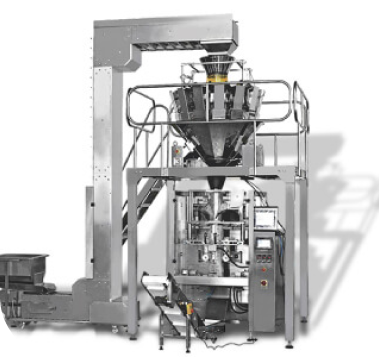Understand the packaging process thoroughly to identify areas that can benefit from automation. Determine which machines or processes need to be controlled and monitored.

Choose a suitable PLC based on the complexity of the process and the required input/output points. Program the PLC using a programming language like ladder logic or structured text to control the various aspects of the packaging process, such as conveyor belts, motors, sensors, and actuators.
VFDs are used to control the speed and torque of electric motors. Integrate VFDs with the PLC to regulate the speed of motors involved in the packaging process. This can help optimize energy consumption and reduce wear and tear on machinery.
Utilize sensors (proximity sensors, photoelectric sensors, encoders, etc.) to gather real-time data about the packaging process. This data can be used by the PLC to make decisions and adjustments.
Rigorously test the automation system in a controlled environment before deploying it in the actual packaging facility. Identify and resolve any issues that arise during testing.
Train operators and maintenance personnel on how to use and troubleshoot the automation system. Establish a maintenance schedule to keep the system in optimal working condition.
Monitor the performance of the automation solution and gather data for analysis. Identify areas where further optimization and efficiency improvements can be made.